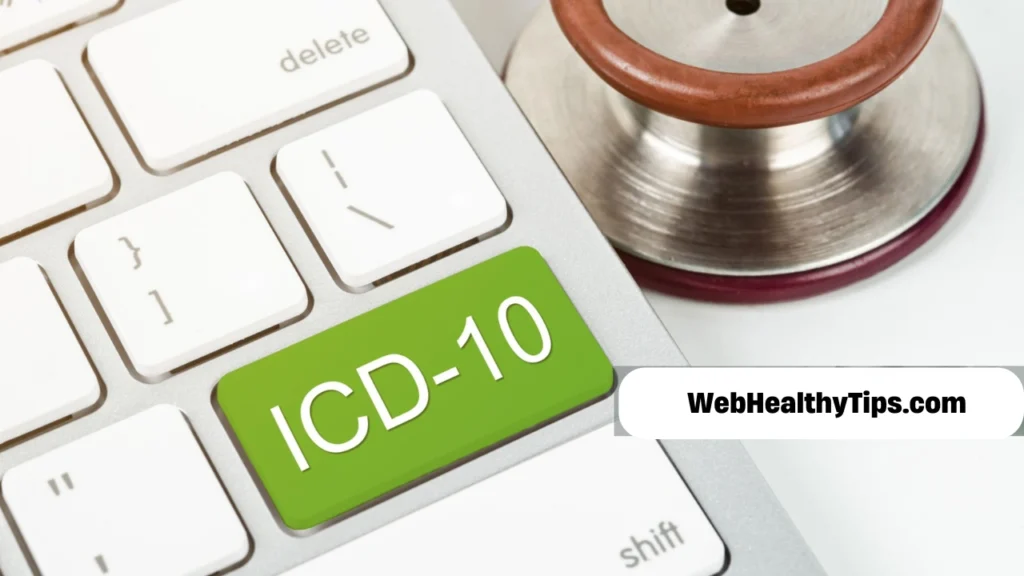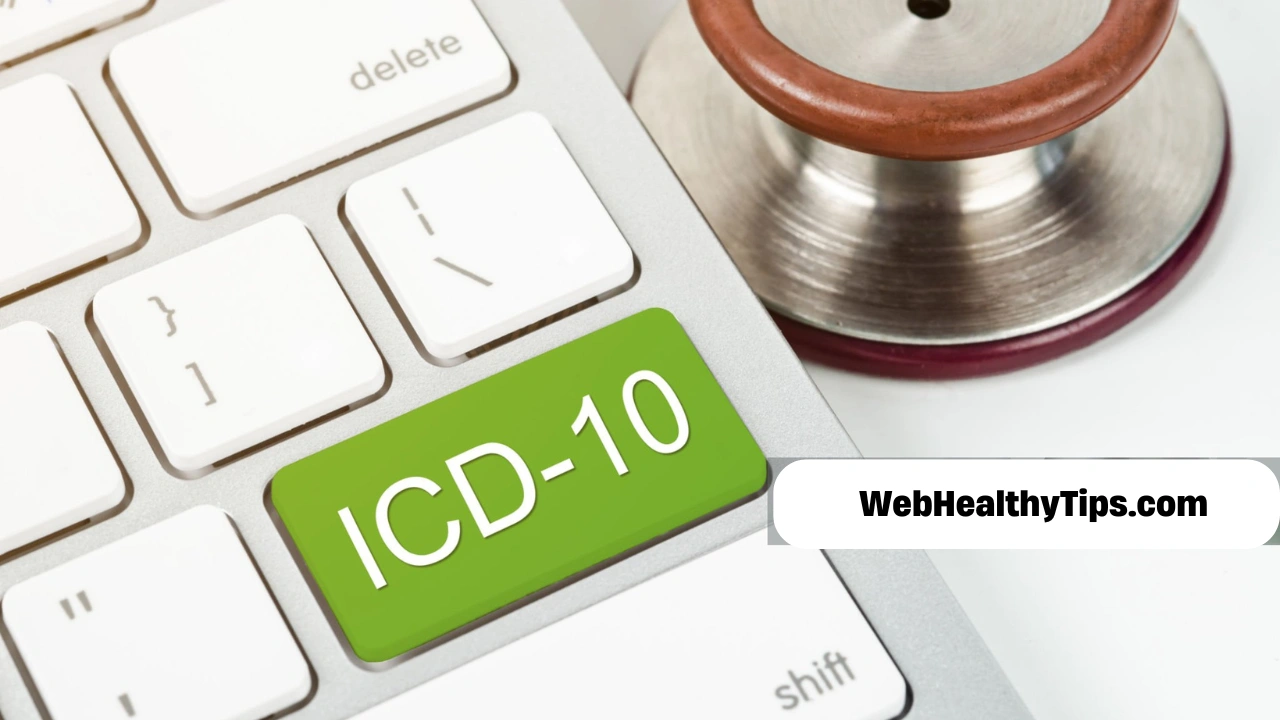
One of the most prevalent allergic diseases, allergic rhinitis, commonly referred to as hay fever, affects millions of individuals worldwide. It happens when an allergen, like mold, dust mites, pollen, or animal dander, triggers an overreaction from the immune system. Despite not being a life-threatening illness, it can have a substantial negative influence on quality of life due to discomfort and respiratory symptoms.
The main features of allergic rhinitis will be discussed in this article, along with its causes, symptoms, diagnosis, available treatments, and ICD-10 code classification—which is crucial for medical billing and documentation.
Allergic Rhinitis: What Is It?
When the immune system misinterprets innocuous airborne particles as dangerous invaders, allergic rhinitis results. The immune system releases histamine and other substances in response to inhaling allergens, which irritates the nasal passages. Sneezing, nasal congestion, and itchy eyes are the common symptoms of allergic rhinitis caused by this immunological reaction.
Two forms of allergic rhinitis can be distinguished:
- Seasonal allergic rhinitis: This kind develops during specific seasons of the year, mainly as a reaction to allergens in the air such as grasses, trees, or weeds. It’s commonly known as “hay fever.”
- Allergens found inside, such as mold, dust mites, and pet dander, can cause perennial allergic rhinitis, which lasts all year.
Allergic Rhinitis Symptoms
Seasonal variations and allergen exposure can affect the severity of allergic rhinitis symptoms, which can vary from moderate to severe. Typical signs and symptoms include of:
- sneezing
- Stuffy nose or congestion in the nose
- runny nose
- eyes that are wet or itchy
- scratchy ears, nose, or throat
- The postnasal drip
- Coughing
- Exhaustion or agitation (resulting from sleep disturbance brought on by nasal congestion)
It’s crucial to properly treat allergic rhinitis because, for some people, symptoms can aggravate other illnesses like sinusitis or asthma.
Reasons and Initiators
Allergen exposure is the main cause of allergic rhinitis. These allergens are airborne particles that, although usually innocuous, can cause an immunological reaction in those who are susceptible. Typical allergies consist of:
- Pollen: This comprises grass, tree, and weed pollen and is a primary cause of seasonal allergic rhinitis.
- Dust mites: Often the cause of chronic allergic rhinitis, these microscopic organisms flourish in carpets, upholstery, and bedding.
- Animal dander: For those who are sensitive, proteins in a pet’s skin, saliva, or urine can cause allergic reactions.
- Mold: Both indoor and outdoor molds can trigger allergic rhinitis by releasing spores into the atmosphere.
- Cockroaches: Year-round allergic rhinitis can also be brought on by particles from decomposing carcasses and cockroach droppings.
Making an allergy rhinitis diagnosis
Making the diagnosis of allergic rhinitis is not too difficult. Typically, doctors will ask about particular symptoms and obtain a thorough medical history. To look for indications of inflammation in the throat, eyes, or nasal passages, they might also perform a physical examination.
In order to verify if allergies exist, physicians could suggest:
- Skin prick test: The skin is pricked with a needle after a little amount of a suspected allergen is administered. A positive response denotes an allergy to that drug and typically manifests as a raised bump.
- Blood test: A blood test that detects the presence of immunoglobulin E (IgE) antibodies in response to particular allergens is called a radioallergosorbent (RAST) test.
Code for Allergic Rhinitis in ICD-10
Allergy rhinitis is categorized under the International Classification of Diseases, Tenth Revision (ICD-10) in the medical coding system. For the purpose of diagnosis coding and invoicing, this method is utilized globally. Healthcare professionals and insurance firms can precisely categorize medical illnesses thanks to the ICD-10 code.
Depending on the kind and cause, allergic rhinitis is assigned multiple ICD-10 codes:
- Pollen-induced allergic rhinitis (J30.1). For seasonal allergic rhinitis, or hay fever, this code is usually used.
- J30.2: Seasonal allergic rhinitis of other types. This is not a pollen-specific term; rather, it relates to seasonal allergic rhinitis.
- J30.3: Rhinitis caused by allergies. This code refers to allergic rhinitis brought on by mold, dust mites, or pet dander, among other allergens.
- J30.4: Rhinitis due to unknown allergen. When the particular allergen causing the allergic rhinitis cannot be identified, this is utilized.
Options for Allergic Rhinitis Treatment
Despite being bothersome and uncomfortable, allergic rhinitis is treatable using a variety of techniques. The intensity of the symptoms and the allergens involved determine which course of treatment is best.
Steer clear of allergens
Reducing exposure to the allergens that cause the symptoms is the best strategy for managing allergic rhinitis. One way to accomplish this is by:
- Keeping inside when pollen counts are high
- Making use of dehumidifiers and air purifiers
- vacuuming carpets and cleaning beds on a regular basis
- Keeping animals off furniture and out of bedrooms
Drugs
There are numerous drugs that can be used to treat allergic rhinitis symptoms:
- Antihistamines: They lessen runny nose, itching, and sneezing by preventing the release of histamine. They come in pill, nasal spray, and ocular drop forms.
- Decongestants: They work by constricting the blood vessels in the nasal passages to reduce congestion in the nose.
- Nasal corticosteroids: These anti-inflammatory nasal sprays assist lessen nasal passage swelling and offer long-term symptom alleviation.
- Leukotriene inhibitors: Often used to treat both allergic rhinitis and asthma, these drugs stop the action of leukotrienes, which are molecules implicated in the allergic response.
Immunotherapy
Immunotherapy, or allergy shots, may be suggested for people with severe or chronic allergic rhinitis who do not respond to treatment. In order to develop tolerance and lessen the severity of the allergic reaction, this treatment entails exposing the body to little doses of the allergen over time.
The Consequences of Allergic Rhinitis
- Poor management or non-treatment of allergic rhinitis can result in a number of problems, such as:
- Sinusitis: Prolonged nasal congestion can cause sinus infection and inflammation.
- Ear infections: The accumulation of fluid in the middle ear due to blocked nasal passages raises the risk of ear infections.
- Asthma: Uncontrolled rhinitis can aggravate asthma symptoms, and a large number of individuals with allergic rhinitis also have asthma.
- Poor quality of life: Prolonged symptoms including weariness, congestion, and irritation can interfere with sleep and general wellbeing, making day-to-day tasks difficult.
In summary
Although allergic rhinitis is a common illness that can greatly interfere with everyday living, most people can live symptom-free lives with the right diagnosis, care, and management. Comprehending the root cause of allergic rhinitis and the associated ICD-10 code, like J30.1 for pollen allergies, aids medical professionals in precisely diagnosing and treating the ailment. It is crucial to control symptoms with medication, immunotherapy, or lifestyle modifications to enhance the quality of life for those with allergic rhinitis.
Also Read – Click Here

